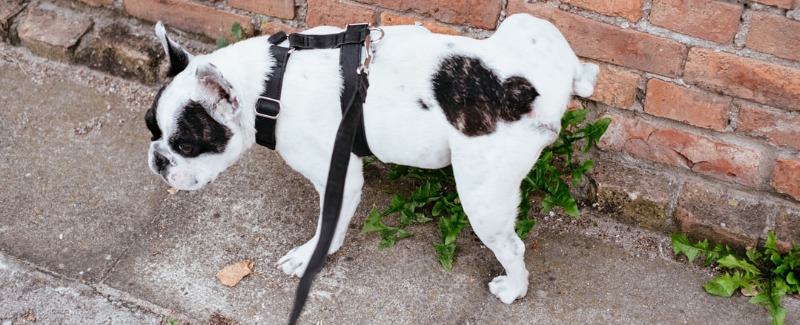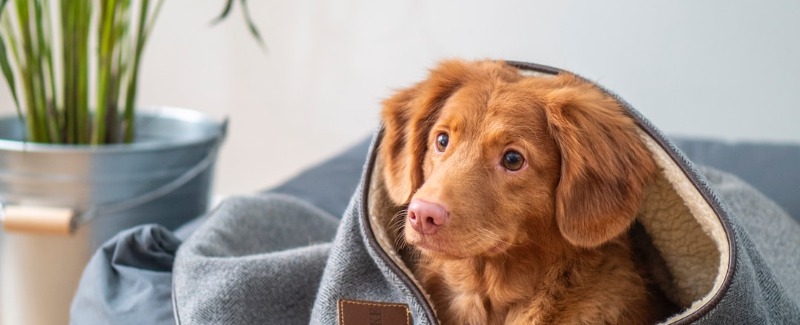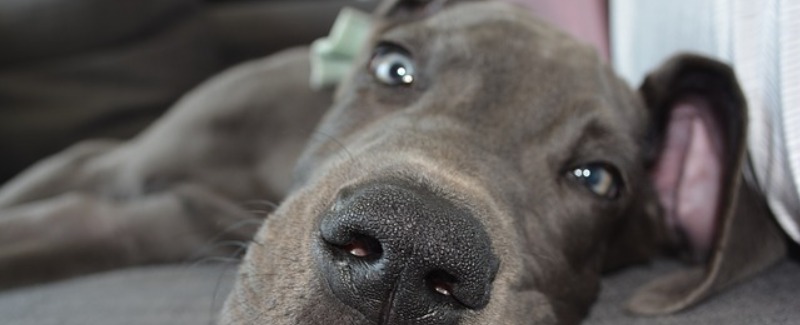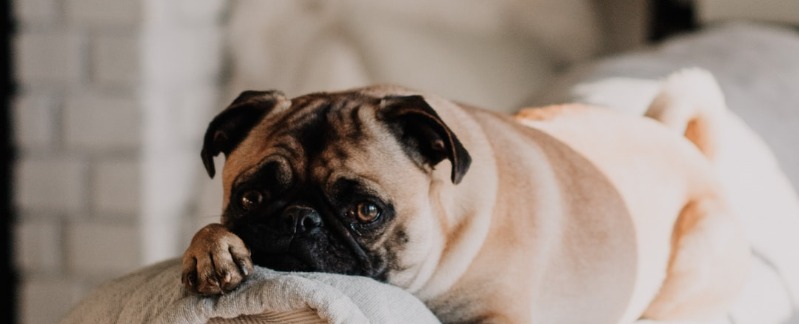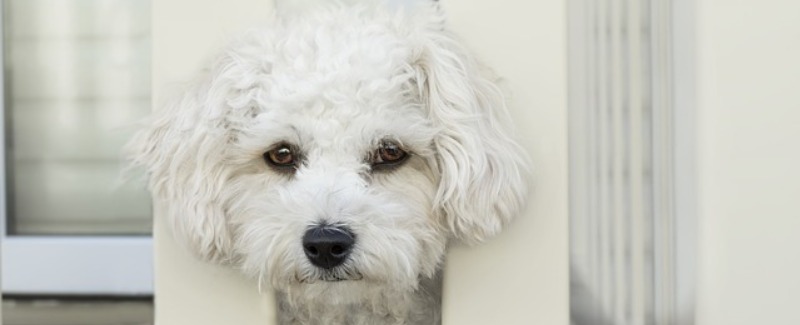You’re late for work. It’s raining, snowing, or brutally hot. You don’t want to wait half an hour for your dog to potty; you want him to go, and go now. Teaching your dog to eliminate on command is a way for you to make your life with your dog a little easier.
Going to the Potty on Command
Contents
Before you start, decide what command(s) you’re going to use. You can use one command for both, or teach separate commands. “Hurry up,” “Do your business,” and “Get busy” are popular choices, but as always, the words you use aren’t important. Using them consistently is. Plan on taking two to four weeks of consistent reinforcement to teach your dog his new command.
When you take your dog to his potty area, be nothing more than an observant post. Don’t talk to him, or your neighbor, or let your dog entice you into taking him for a walk before he potties. The moment you see your dog assume the position, repeat your command several times, calmly and quietly (you don’t want to distract him from his task) “Hurry up, Gooood Hurry up, Hurry up.”
After he finishes, give him praise and a treat, then give him some playtime or take him for a walk. Repeat the process for at least a week every time you take him to his potty area before you test your command.
To test it, take him to his potty area and give him his command once. If he starts looking for a spot and produces right away, give him praise and a treat like he’s the best dog in the world (well, he is, isn’t he?). If he doesn’t start looking for a spot, just continue as you were for another week before testing again.
Why Not Take a Walk to Potty?
If the object of your walk is for your dog to potty, rather than to exercise and spend quality time with her, then you’ll probably end the walk as soon as she goes. This teaches her to hold it so she can prolong the walk. Let’s say you walk her until you’re tired, whether she’s gone or not, and head for home. By the time you’re back in house, she either has no reason to, or can’t, hold it anymore and does exactly what you were trying to prevent. By making the walk part of the reward for pottying, you can encourage her to potty quickly and in the right place.
What to Do When Accidents Happen
Accidents are bound to happen now and then. Maybe your puppy had a little dietary indiscretion. Or, perish the thought, her schedule was neglected, or nobody noticed that she was asking to go out. Whatever the reason, you want to handle the situation properly to reduce the chance that it’ll happen again.
Catch Em in the Act
In order for your dog to learn from his mistake, you absolutely must catch him in the act of making it. He will not understand that you’re mad at him for something he did several minutes ago, let alone several hours ago. If you do see him starting to go, interrupt him with a loud “Aacckk!” or give one of your shake bottles a toss. Get him right to his potty area and wait a few minutes for him to finish what he started inside. Praise lavishly when he goes outside. Make sure his next several successes are rewarded.
After-the-fact punishments are never a good idea. They do nothing to solve the problem, but they do create stress and confusion. Some dogs get so worried about messes that they’ll start cleaning them up by eating the evidence. This can quickly evolve into a disgusting habit that can be very difficult to break.
If you find a puddle or a pile, don’t rub his nose in it or scream at him. He’ll only get that you don’t like finding messes, not that you don’t want him to make them. Even though he might look guilty the next time there is a mess, he won’t connect the mess with the act.
Cleaning Up
Clean up any messes as quickly as possible, before stains and odors have a chance to soak in and become difficult, if not impossible, to remove. You can demonstrate that you’re disappointed and repulsed when you find a mess, but you don’t want your dog to think that you’re his personal cleaning crew, so put him in his crate while you clean up.
Start by picking up any solid waste, and blotting up as much liquid as you can. Follow that with a thorough soaking with an enzymatic cleaner, like Nature’s Miracle or Out!, designed specifically for this purpose. You may have to soak and blot several times, especially if you didn’t find the spot immediately.
Don’t use household ammonia to clean up accidents. Ammonia is a component of urine, and its scent can actually draw a dog back to urinating in the same spot repeatedly. If you don’t have enzymatic cleaner, you can liberally apply baking soda to absorb liquid and odor. Vacuum when it’s dry, and soak the area with a mixture of white vinegar and club soda. Repeat until the spot is clean, and leave a towel over the spot until it’s completely dry.

